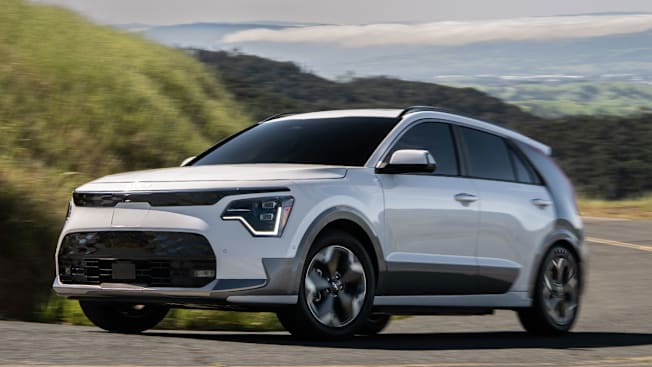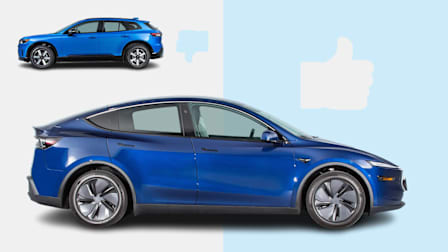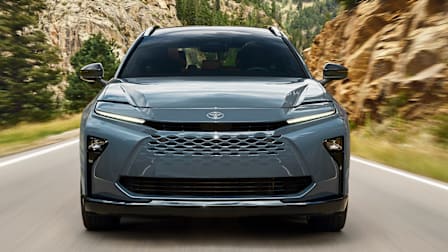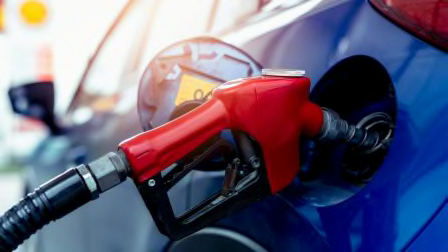Everything You Need to Know About Leasing an EV or PHEV
Up-front savings aside, leasing might be the better deal for electric vehicles and plug-in hybrid cars
Even though new legislation eliminated a federal tax credit of up to $7,500 on new electric vehicles bought after Sept. 30, 2025, leasing an EV still has advantages over buying.
• Because you lease only for a few years, you won’t be stuck with a car that has outdated battery technology or charging standards, as these are still rapidly evolving.
• If an automaker drops the price of a new EV by thousands of dollars overnight—as Tesla and Ford have both done—you won’t take the hit if your leased vehicle is suddenly worth less than it was the day before.
However, our analysis of available deals found that leasing might not always save you money in the long run, despite a lower monthly payment, especially if you end up with a vehicle that isn’t reliable or satisfying. To help you make the right decision, we’ve put together a guide to leasing an EV or PHEV that should answer all your questions.
What Is Leasing?
With a lease, you make a monthly payment to a leasing company to drive a new car for a set number of months—usually 18 to 36—and for a set number of miles. The payment is essentially the amount the car is expected to depreciate during the lease period. You’ll usually make a down payment as well. The monthly payments are often less than what you would pay to finance a new vehicle for a similar time period. At the end of the lease, you return the car to the leasing company.
What Happened to the Lease Tax Credit?
New legislation eliminated the EV tax credit for any leases made after Sept. 30, 2025. Some leased EVs may also be eligible for state and local savings or even rebates from electric companies.
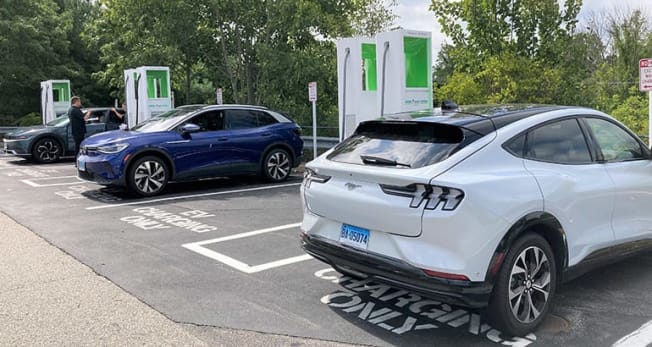
Photo: Gabe Shenhar/Consumer Reports Photo: Gabe Shenhar/Consumer Reports
When It’s Better to Buy or Finance a Car
In spite of all of the advantages of leasing, there are some reasons that buying or financing your next EV could be the better move.
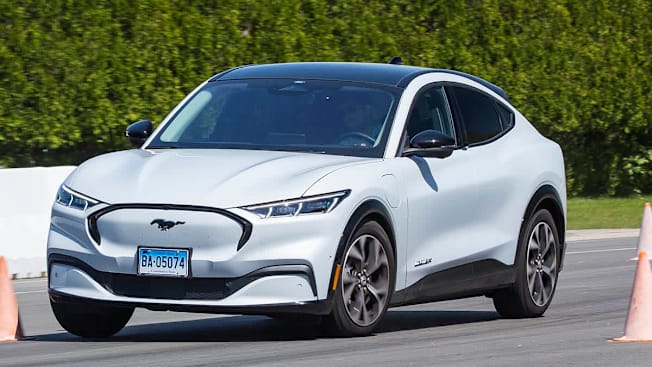
Photo: John Powers/Consumer Reports Photo: John Powers/Consumer Reports
When It's Better to Lease a Car
To get an estimate of whether a lease makes financial sense, we recommend calculating the total cost of a lease, comparing it to the cost of a purchase, then subtracting how much the car will likely be worth when you sell it.
For example, consider a car that costs $399 per month to lease for 36 months with an initial payment of $3,999. At the end of the lease, lessees will have spent a total of $18,363 to drive the car for three years. As is the case with all leases, once the lease term is over, lessees won’t own a car that they can continue to drive or trade in.
If you’d purchased that same car outright for $45,000 and it’s worth around $23,000 as a trade-in in three years, it would’ve cost you about $23,000 to drive it for the same period of time. In this case, the lease is the much better option.
But that’s not the case with all vehicles, so make sure you do the math on your own. In addition to cost savings, leasing might offer other advantages over purchasing an EV.
You won’t get stuck with old technology. EV technology is advancing so rapidly that battery range can increase and purchase prices may drop over a relatively short period of time, says Jake Fisher, senior director of CR’s Auto Test Center. “If you bought an EV a couple of years ago, it might not even be capable of the fastest kind of fast charging, whereas the newer vehicles have larger batteries, faster charging, and the prices keep coming down,” he says. In addition, a plethora of new EVs are about to hit the market, including new three-row electric SUVs from Kia and Volvo.
Repair costs are lower over time. Whether gas or electric, most all-new models get more reliable after their first year, and that’s no different for EVs. Many of the latest crop of EVs have shown below-average reliability in their first year or so of manufacture. But if you lease, your car will likely be under warranty for the entire time you’re driving it, so fixing any unexpected issues won’t cost you. In addition, most EV batteries are under warranty for at least eight years or 100,000 miles, so that important component will be covered as well.
You’ll enjoy peace of mind. It’s difficult to predict now how much an EV purchased today will be worth in two, three, or five years, Fisher says. “Prices and rebates have been fluctuating quite widely, making resale values impossible to predict,” he says. If the EV you’re leasing depreciates a lot over the next few years, it’s not your problem. But if you purchased an EV before a big price drop—which has happened to some Tesla and Ford buyers—your car just took a bigger depreciation hit than most used cars do.
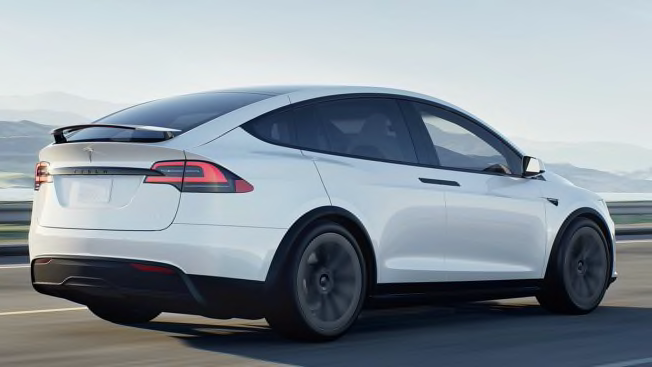
Photo: Tesla Photo: Tesla
Can You Negotiate the Price of a Lease?
Dealerships don’t necessarily have to honor advertised lease deals. A salesperson may initially present you with numbers that are significantly higher than advertised as a negotiating tactic. At the same time, some lease deals are limited to a specific option package or trim level. Adding just one extra option—a sunroof, bigger wheels, a different paint color—could dramatically change the terms of a lease and raise the price accordingly.
As with a purchase, take your time and ask about every line item on the paperwork. Because dealerships compete among themselves, one dealership may offer a better lease deal than another.
Talking Cars
Everything you wanted to know about PHEVs
Should You Buy Your EV at the End of a Lease?
That depends. Almost all lease contracts have what’s called a buyout amount or payoff amount, a dollar value that you can pay the leasing company to purchase the car outright. You can negotiate this number, but only before a lease is signed. Leasing companies hope that it will accurately reflect what a car is worth at the end of a lease, but they could get it wrong.
If demand for used EVs is high at the end of your lease, resale values may be higher than expected, and it may make sense to purchase the car for the buyout value that’s written into the lease contract. “If the automaker underestimates the resale value, you can buy the car and have equity, or sell it for a profit,” says Fisher. That’s what many lessees were able to do when used-car values soared early during the pandemic. But if similar cars are selling for less than the buyout amount written into your lease—or if the new crop of EVs are better than the leased one you’re turning in—it’s smart to walk away.
More on EVs
• CR’s Hybrid/EV Ratings & Buying Guide
• How to Buy a New Car in Today’s Challenging Market
• Electric Cars and Plug-In Hybrids That Qualify for Federal Tax Credits (For Now)
• 10 Best Deals on Electric Vehicles
• Best Deals on Fuel-Efficient Cars and SUVs
• Hot, New Electric Cars That Are Coming Soon
• Tested: The Best Tires for Teslas and Other Electric Vehicles

















